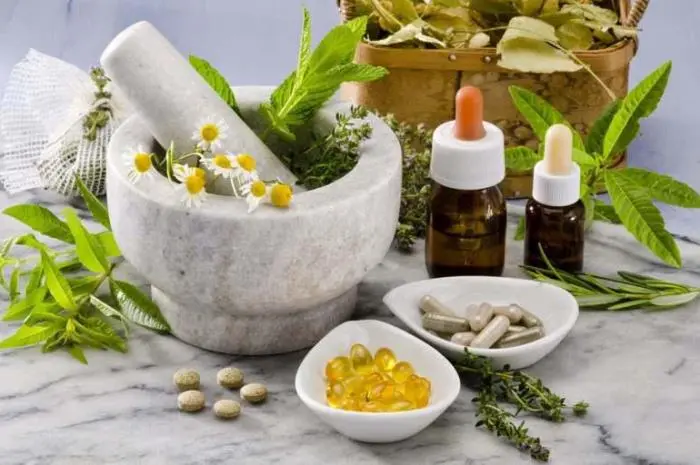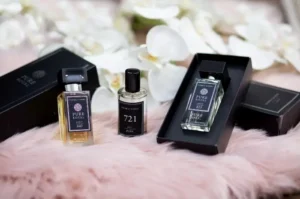In a world where the beauty industry is saturated with chemical-laden products, a growing number of people are turning to homemade, organic beauty solutions.
Crafting your own organic beauty products not only offers the satisfaction of DIY but also ensures that what you’re putting on your skin is natural and healthy.
This article explores the art and science of creating organic beauty products at home, harnessing the power of nature’s palette.
Understanding the Benefits of Organic Beauty Products
Organic beauty products, made from natural ingredients, are gentle on the skin and environmentally friendly.
Unlike conventional products, which often contain harmful chemicals and synthetic fragrances, organic products rely on the natural properties of herbs, oils, and other plant-based ingredients.
These ingredients are not only safe for your skin but also nourishing, offering various vitamins, antioxidants, and essential nutrients.
Getting Started with Basic Ingredients
The journey to creating your own organic beauty products begins in your kitchen. Common ingredients like coconut oil, honey, oats, and essential oils are staples in many DIY beauty recipes.
These ingredients serve multiple purposes – coconut oil is an excellent moisturizer, honey has antibacterial properties, oats are soothing and calming, and essential oils can add a therapeutic aspect to your products.
Creating Skincare Products
One of the easiest products to start with is a facial cleanser or scrub. A simple mixture of sugar or salt with olive oil or coconut oil can create an effective and natural exfoliant.
For a more advanced project, consider crafting a facial serum using essential oils like lavender or rosehip, known for their skin-soothing and rejuvenating properties.
Homemade Hair Care Solutions
Natural hair care products can be both effective and simple to make. A basic hair mask can be made from ingredients like banana, avocado, or yogurt, known for their deep conditioning properties. Herbal rinses, using ingredients like chamomile or rosemary, can enhance hair color and shine.
Natural Body Care Products
Body butters and lotions are also easy to make at home. Shea butter, cocoa butter, and almond oil can be combined to create a luxurious and moisturizing body butter. Adding essential oils like peppermint or citrus can provide a refreshing and invigorating scent.
The Art of Soap Making
Soap making is a more advanced but rewarding project. The process involves combining a fat or oil with an alkali, like lye. This process, known as saponification, can be customized with various oils, herbs, and essential oils to create soaps tailored to different skin types and preferences.
Exploring the World of Herbal Infusions
Herbal infusions are a cornerstone of organic beauty products. Herbs like calendula, lavender, and rose can be infused in oils to extract their beneficial properties.
These infused oils can then be used as bases for various skincare products, offering therapeutic benefits and a natural fragrance.
Understanding Essential Oils
Essential oils are potent and versatile ingredients in organic beauty products. However, it’s important to understand how to use them safely. They should always be diluted in a carrier oil and used in small quantities due to their high concentration.
Packaging and Storing Your Products
Proper packaging and storage are crucial for homemade beauty products, especially since they lack preservatives.
Glass jars and bottles are ideal for storage as they don’t react with the ingredients and can be easily sterilized. It’s also important to label your products with the date of creation and ingredients used.
Navigating Challenges and Safety Considerations
While making your own beauty products is rewarding, it’s essential to be aware of potential challenges and safety considerations. Natural ingredients, though generally safe, can still cause allergic reactions in some individuals.
It’s important to patch test any new product. Additionally, when working with lye for soap making, safety equipment like gloves and goggles are necessary.
Conclusion
Creating your own organic beauty products is not only a fun and creative endeavor but also a step towards embracing a more natural and sustainable lifestyle.
By using nature’s palette, you can tailor your beauty regimen to suit your specific needs and preferences, all while knowing that the products you are using are safe, healthy, and environmentally friendly.
As more people discover the benefits of homemade beauty solutions, this practice is becoming a key part of the natural beauty movement, celebrating simplicity, wellness, and the power of nature.







